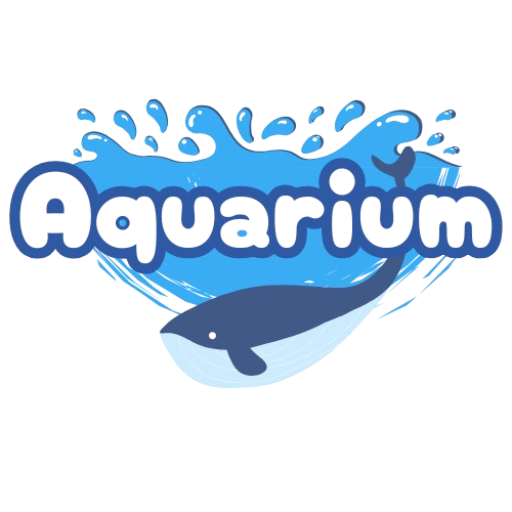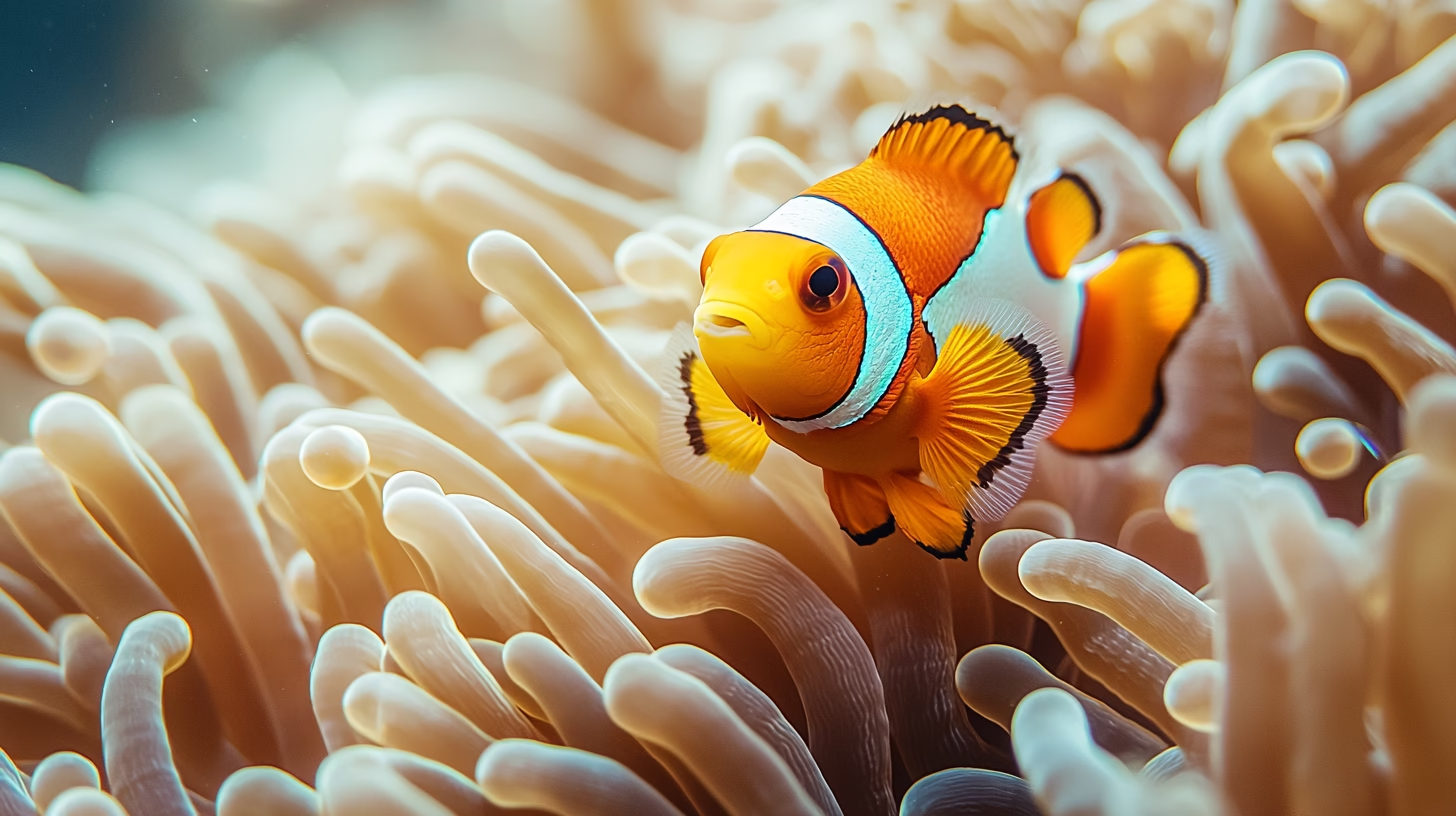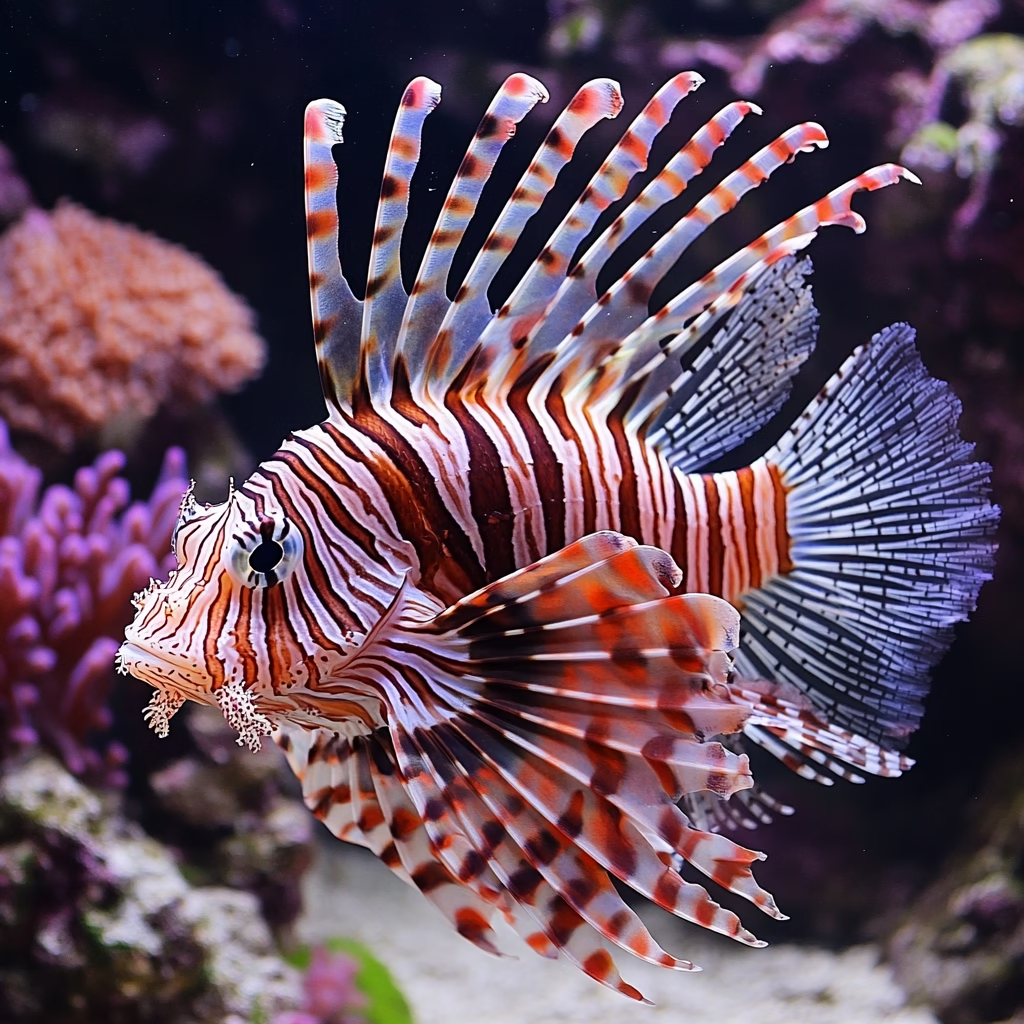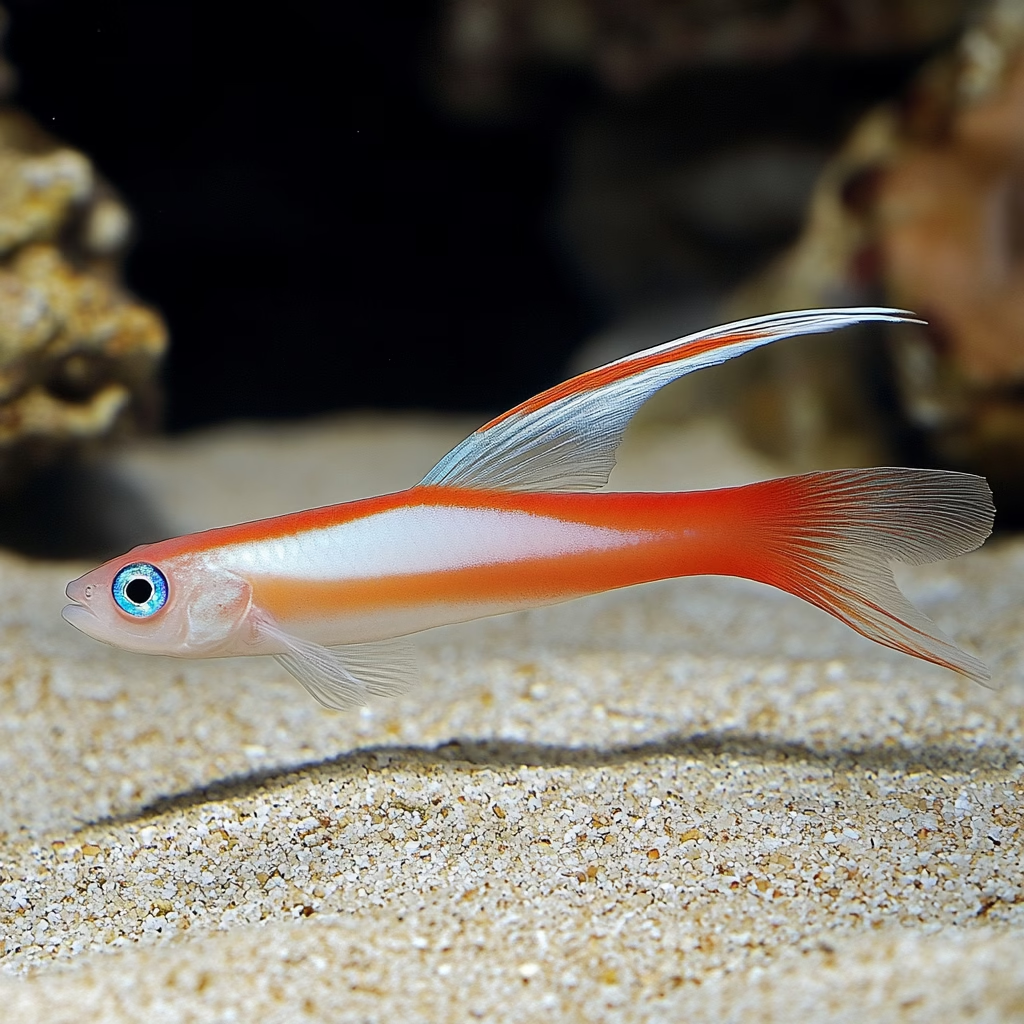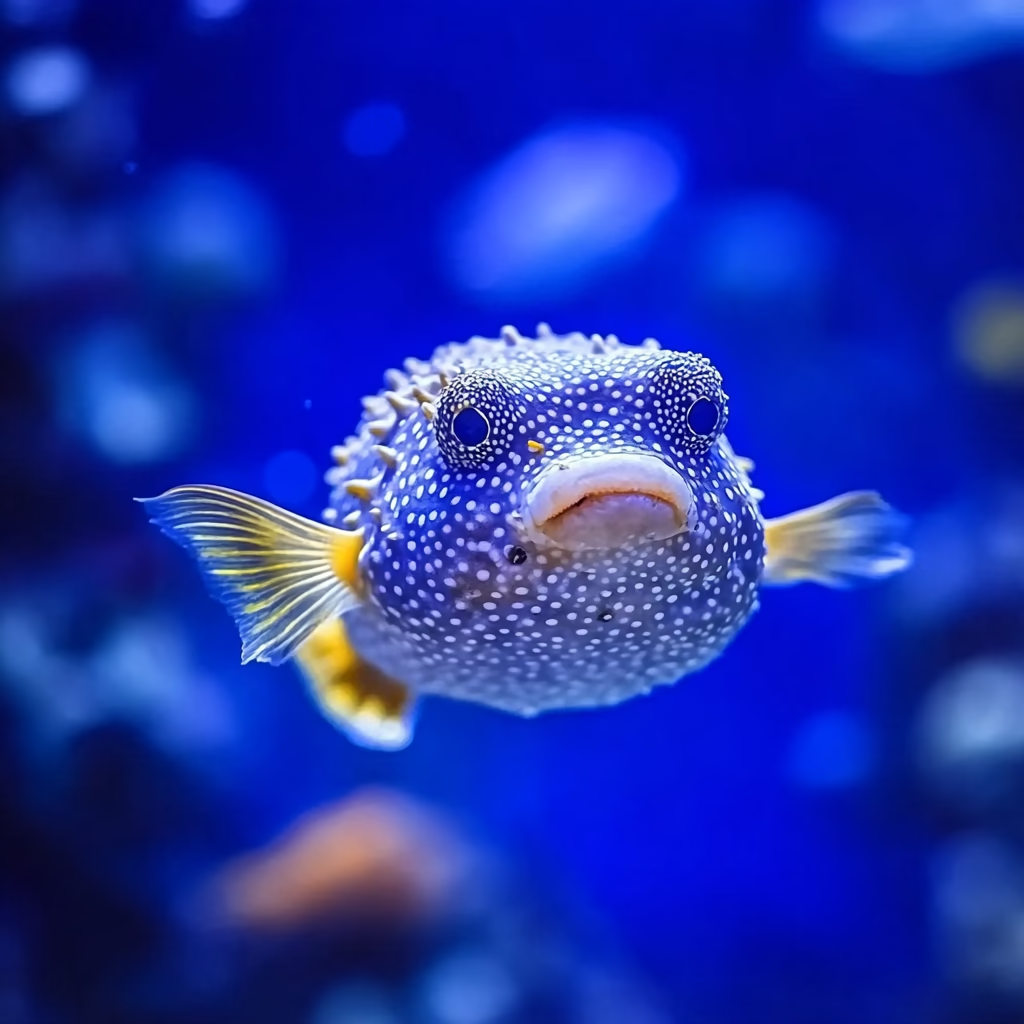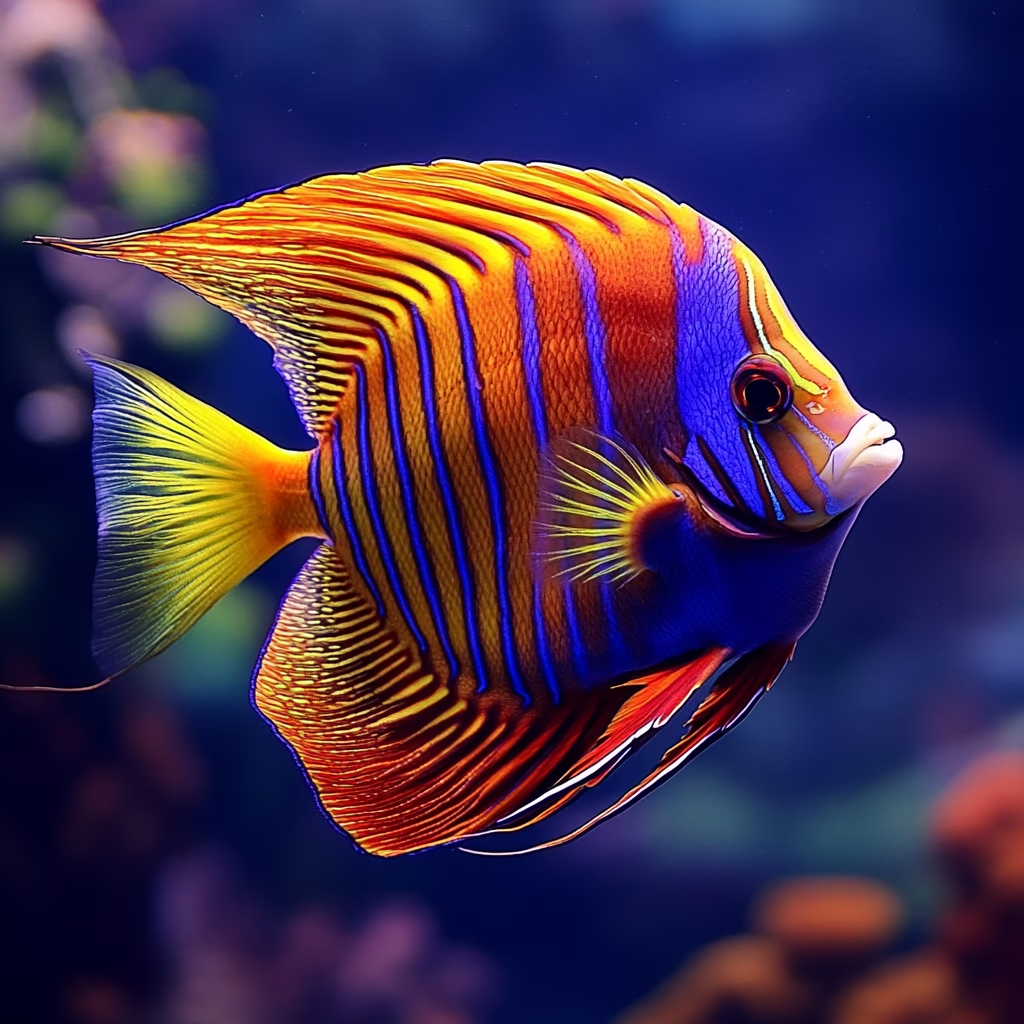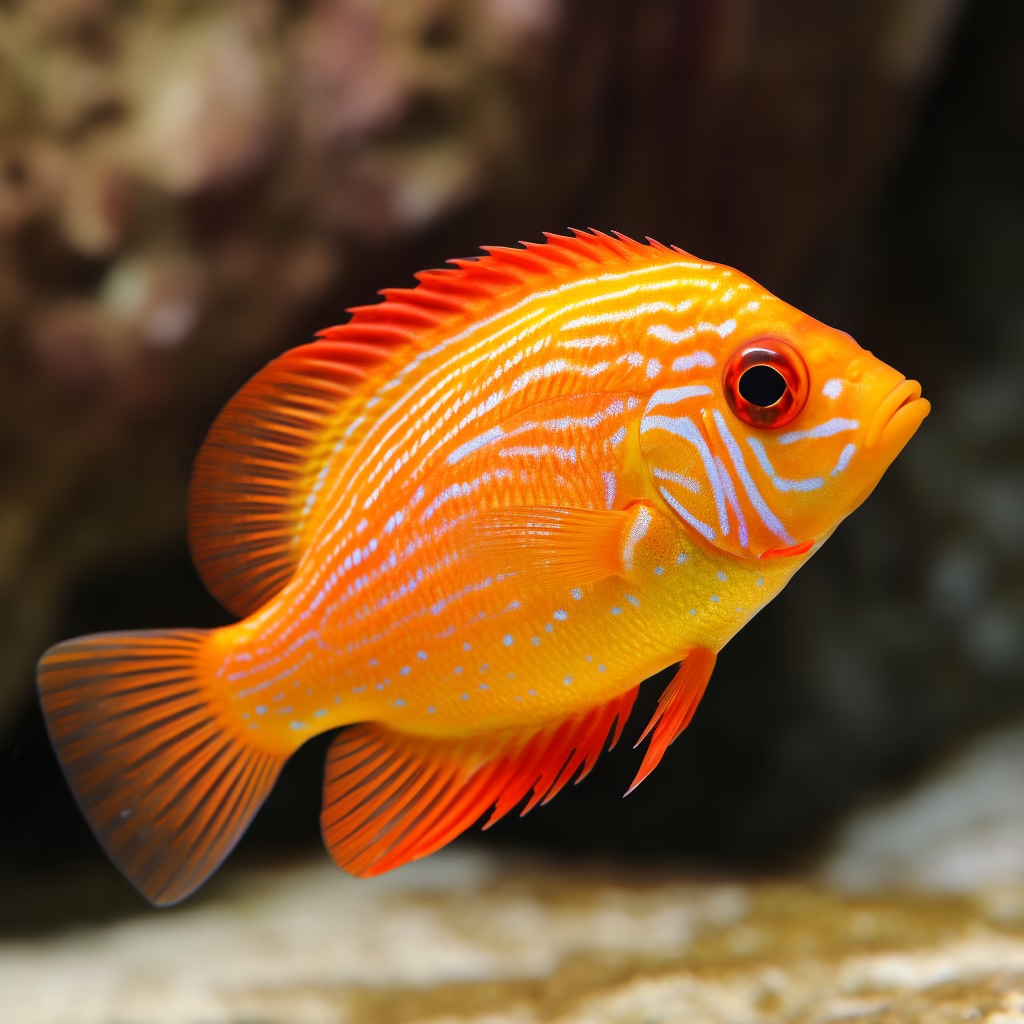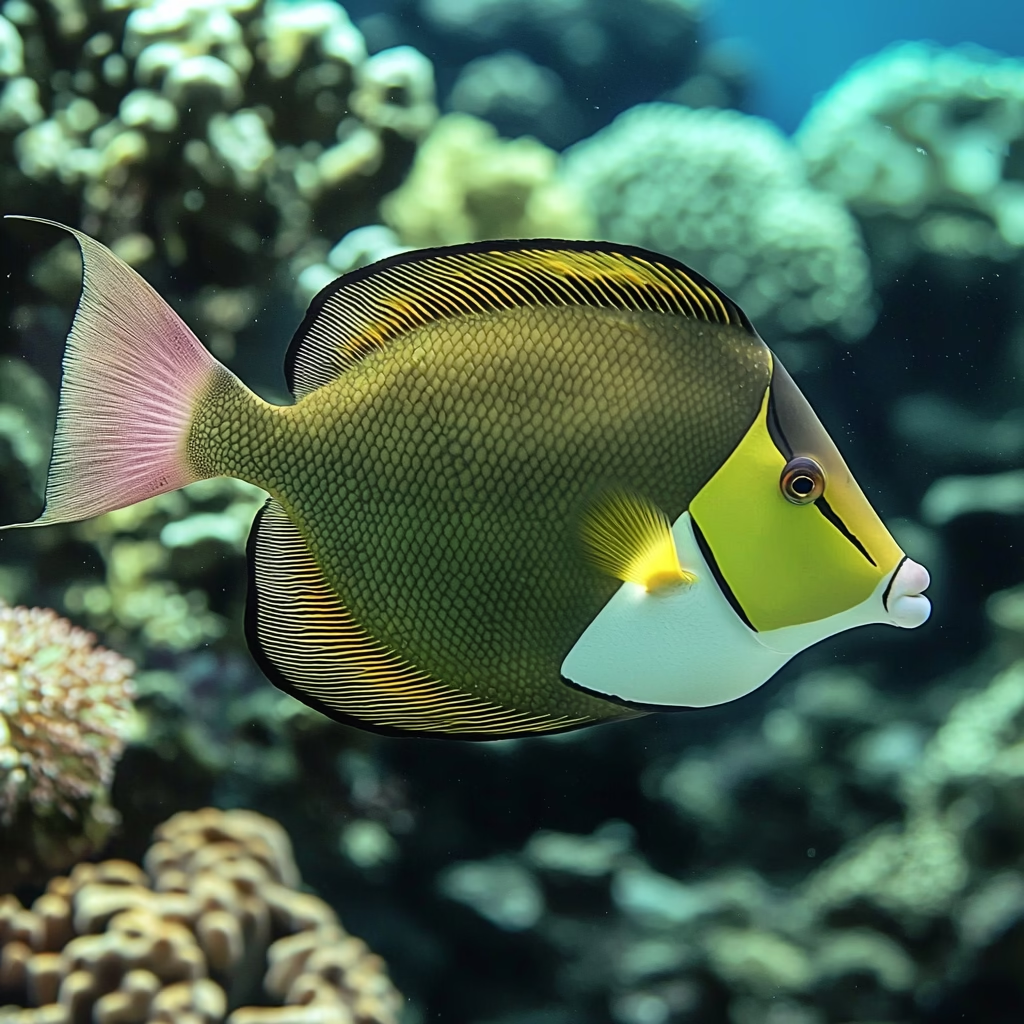The ocellaris clownfish, famously known as the “clown anemonefish” or popularized by the animated film “Finding Nemo,” is a captivating marine species that has charmed both marine enthusiasts and the general public alike. This comprehensive guide delves into the intricate world of these vibrant, small-bodied fish, exploring their unique characteristics, habitat, behavior, and ecological significance
Taxonomy and Physical Characteristics
Scientifically classified as Amphiprion ocellaris, the ocellaris clownfish belongs to the family Pomacentridae. These striking fish are instantly recognizable by their distinctive orange coloration with three vertical white bands bordered by black lines. Typically measuring between 2-3 inches in length, they represent a perfect example of nature’s intricate design and adaptability.
Unique Color Patterns
The fish’s remarkable color pattern serves multiple evolutionary purposes:
- Camouflage within their symbiotic anemone home
- Warning potential predators of their defensive capabilities
- Facilitating species recognition among their own population
Habitat and Distribution
Ocellaris clownfish inhabit the warm waters of the Indo-Pacific region, including:
- The Great Barrier Reef in Australia
- Southeast Asian marine ecosystems
- Waters surrounding Indonesia and the Philippines
- Coral reefs in the Indian Ocean
These fish demonstrate a remarkable adaptation to specific marine environments, particularly their extraordinary relationship with sea anemones.
Symbiotic Relationship with Sea Anemones
Perhaps the most fascinating aspect of ocellaris clownfish is their unique symbiotic relationship with sea anemones. This intricate partnership represents one of nature’s most remarkable ecological adaptations.
How the Symbiosis Works
- Mutual Protection: Clownfish are immune to the anemone’s stinging tentacles, allowing them to live within its protective embrace.
- Cleaning Services: The fish remove parasites and debris from the anemone, maintaining its health.
- Territorial Defense: Clownfish aggressively defend their anemone home from potential predators.
Reproduction and Life Cycle
Ocellaris clownfish exhibit extraordinary reproductive characteristics that distinguish them from many marine species:
Remarkable Gender Transformation
These fish are sequential hermaphrodites, meaning they can change gender during their lifetime. A unique social hierarchy determines this transformation:
- The largest fish in a group becomes female
- The second-largest becomes the breeding male
- Smaller fish remain non-reproductive
Breeding Behavior
Breeding occurs through a carefully orchestrated process:
- Female lays eggs near the base of their host anemone
- Male fertilizes the eggs externally
- Eggs are meticulously guarded and cleaned until hatching
Ecological Importance
Beyond their aesthetic appeal, ocellaris clownfish play a crucial role in marine ecosystems:
- Contribute to coral reef biodiversity
- Serve as indicators of reef health
- Participate in complex marine food webs
- Help maintain the delicate balance of reef ecosystems
Conservation Status
While currently not endangered, ocellaris clownfish face significant challenges:
- Habitat destruction from climate change
- Ocean acidification
- Unsustainable collection for the aquarium trade
Aquarium Considerations
For enthusiasts considering ocellaris clownfish as pets, critical considerations include:
- Specialized marine aquarium setup
- Precise water temperature and chemistry
- Proper anemone or anemone substitute
- Balanced diet mimicking their natural feeding patterns
Conclusion
The ocellaris clownfish represents more than just a visually appealing marine species. They embody the complexity, adaptability, and interconnectedness of marine ecosystems. Their remarkable symbiotic relationships, unique reproductive strategies, and ecological significance make them a subject of continuous scientific fascination and wonder.
As we continue to explore and understand these magnificent creatures, we gain deeper insights into the intricate web of life beneath the ocean’s surface.
